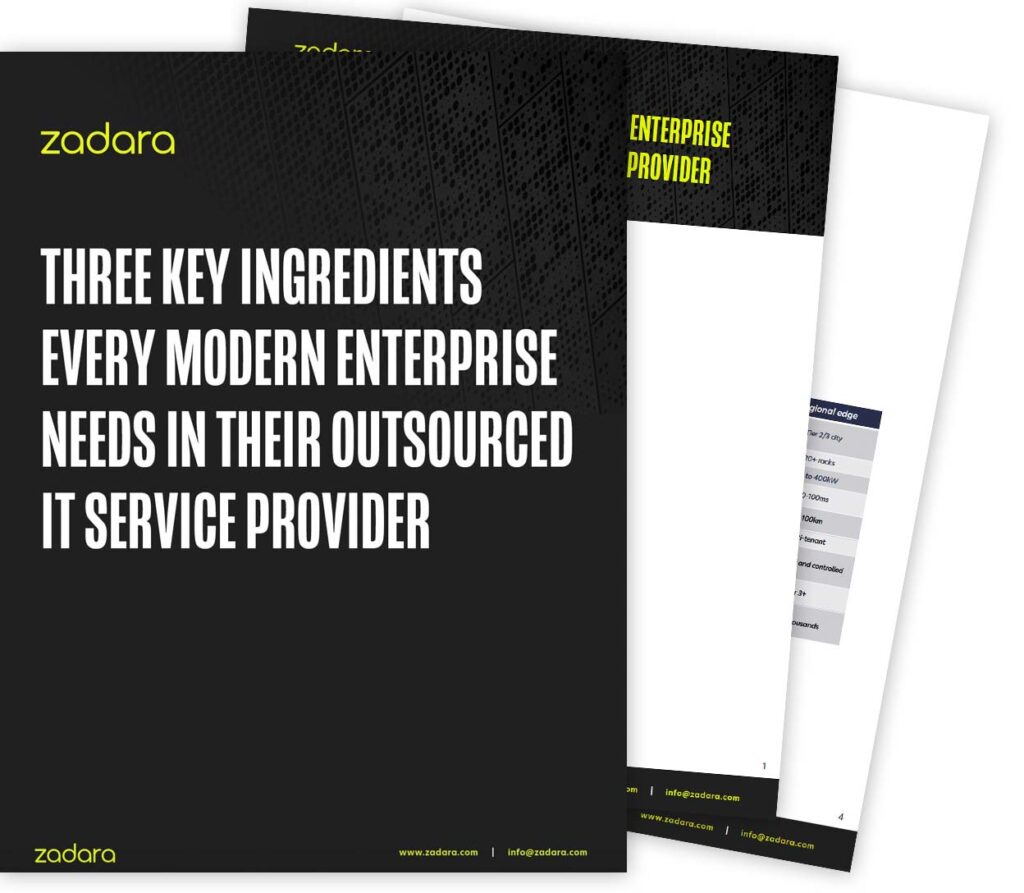As we enter 2016, this is a perfect time to reflect on what we can expect not to be said in the coming twelve months as we look to the future of enterprise storage. I’ve taken my top five anti-predictions and discussed them here as a light-hearted look forward to the year ahead.
1. End Users Are Storing Less Data
If only this statement was true, the life of storage administrators and data managers would be much easier! In reality, businesses are retaining and therefore storing more data than ever before. As analytics techniques improve, the potential value of multiple data sources to generate competitive advantage has never been greater. Data is being kept for analysis, to meet compliance regulations and in many cases because the burden of implementing efficient data lifecycle management is more expensive than the cost of storage itself. Cloud offerings (including platforms like AWS Glacier) make storing large volumes of data simple; the trick for the future will be the ability to process this data for future benefit. Rest assured that data volumes will continue to increase as they have done for many years in the past.
2. Storage Budgets Are Increasing
“Do more with less” has become somewhat of a clichéd expression over the years, but in reality storage budgets have been declining or static (with the exception of a few corner cases) for many years. IT budgets can’t increase in line with demand, which as we have mentioned is typically growing at an exponential rate, because they would simply bankrupt the business. IT organisations have been challenged with finding new approaches to reducing their costs, or at worst, keeping them under control. When looking at a total cost of ownership (TCO), the operational aspects of managing storage make up a significant amount of the cost profile. As a result, CTOs and IT managers are looking to solutions that reduce operational costs and at the same time offer more flexibility over the traditional three-year plus maintenance model. Buying storage up-front to cater for future growth is rapidly becoming a thing of the past and IT departments are choosing to implement on-demand solutions.
3. Traditional Storage is Awesome!
Of course it is. If it were, we wouldn’t have such a buoyant storage start-up market. Every year we see new solutions appear to target problems experienced with traditional “monolithic” storage platforms. These include object, all-flash, hybrid, secondary storage, scale-out, scale-out backup and cloud-based solutions. The traditional storage business is in decline as end users move data to new models of deployment and acquisition that are more flexible and cheaper than deploying legacy platforms. This change can be seen in the declining revenues of the traditional major storage vendors such as IBM, EMC and NetApp. In the future world of application agility, traditional storage simply doesn’t meet the requirements. Storage will continue to “fragment” as the old model of storing data on a single platform gives way to a dispersed storage model where data is stored on the platform most appropriate for its needs.
4. The Era of Software Defined is Over
On the contrary, Software Defined and in particular Software Defined Storage (SDS) has only just begun. In many ways, IT folks are a conservative lot, and none more so than storage teams. Data and information has become the prime asset of many organisations, so radical change doesn’t usually happen. Instead as systems are replaced and applications rewritten, new technology is tested and adopted. IT organisations and businesses see the benefit of change, and over time the old is replaced with the new. SDS is in the early adoption phase where customers are evaluating and quantifying the benefits of a software defined approach. Moving the intelligence into software has clear advantages of speed of development, reducing costs and being hardware agnostic. SDS will continue to be an increasingly larger share of the enterprise storage market into 2016 and beyond. (Click here to download our white paper about Software Defined Storage.)
5. Cloud is a Passing Fad
We only have to look at the revenues posted by Amazon Web Services to see that this statement isn’t true. AWS is claimed by CEO Jeff Bezos to be a $5 billion business and is still growing, as are Microsoft’s Azure and many smaller hosting and public cloud businesses. The term Cloud refers more to the consumption model of IT resources that is based on service offerings. These can exist both on and off-site (private and public) with hybrid solutions existing as the glue that moves workloads and applications between the two. With respect to storage, the market is still in the early stages of transitioning to the consumption model. The Cloud is clearly here to stay, in all of the current forms.
Happy New Year to all our readers and here’s to an interesting and exciting 2016!





